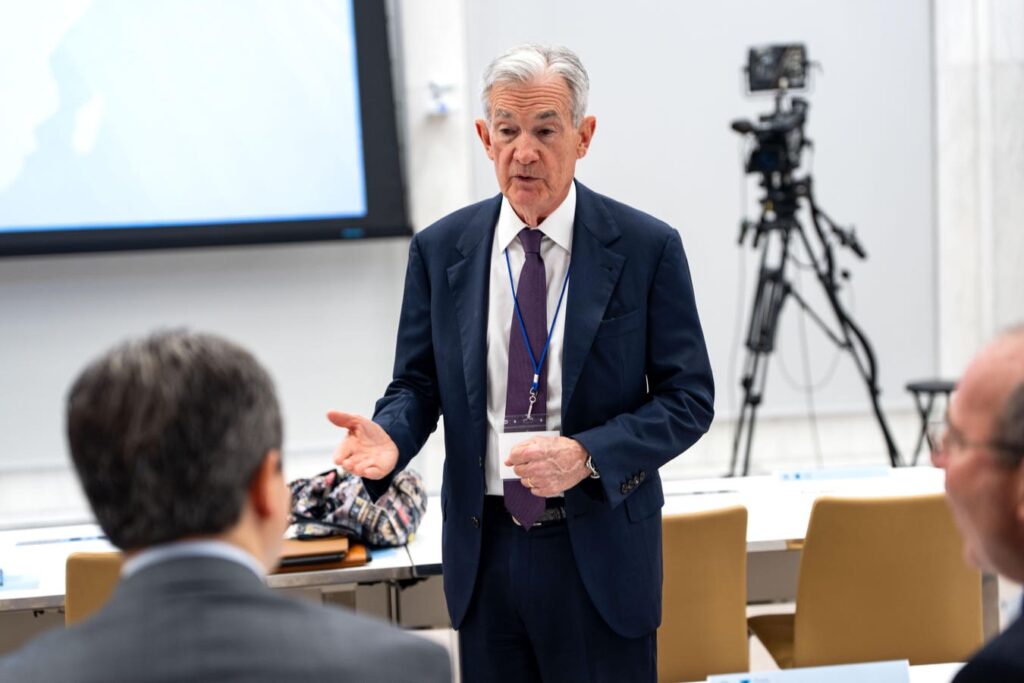The Federal Open Market Committee is expected to hold rates steady at its upcoming decision on June 18, according to fixed income markets. However, the meeting may be significant in shaping expectations for monetary policy for the remainder of 2025. That’s because policymakers will update expectations for the Summary of Economic Projections, which includes a forecast for interest rates. This may, in turn, depend on data on jobs and inflation in the weeks leading up to the meeting.
The State of The Economy
At a speech on May 15, Fed Governor Michael Barr said, “In my view, the economy is on solid footing, with solid growth, low and stable unemployment, and inflation continuing to come down towards our 2 percent target. But the outlook has been clouded by trade policies that have led to an increase in uncertainty, contributing to declines in measures of consumer and business sentiment.”
Rather than predict what will happen from government policies, the FOMC appears to be waiting for the economic data to come in. Officials have expressed concern that growth may slow and inflation could rise despite generally positive data in previous economic reports.
For example, at his press conference at the most recent FOMC meeting on May 7, Fed Chair Jerome Powell said, “So, it’s an economy that’s been resilient and is in good shape, and our policy is sort of modestly or moderately restrictive. It’s 100 basis points less restrictive than it was last fall. And so, we think that leaves us in a good place to wait and see. We don’t think we need to be in a hurry. We think we can be patient.”
For now, hard data has not shown a significant impact from tariffs, aside from a step-up in imports in the first quarter to pre-empt additional tariff costs. However, over the coming weeks, economic data may start to capture the impact of tariffs on the economy since there are concerns of economic risks based on survey data.
Incoming Data
Key economic datapoints ahead of the June FOMC meeting include May’s Consumer Price Index inflation report on June 11 and May’s Employment Situation report on June 6. If the economy continues on its current trajectory of moderating inflation and robust jobs growth, then the FOMC may be more inclined to cut rates.
However, if unemployment rises and inflation picks up,
then monetary policy decisions may become more complex. Rising unemployment would generally call for lower interest rates, but rising inflation would typically suggest higher interest rates. It’s unclear how the FOMC would manage such a trade-off.
Lower Economic Risks
There is now a little more optimism on the economy than with the announcement of tariffs. The chance of a recession in 2025 has declined according to prediction markets such as Polymarket. Recession risk is down from over 60% at the start of May to under 40% currently. The S&P 500 is also currently slightly up for the year, compared to being down sharply in April. Of course, various tariffs have been reduced from initially announced levels, too, though the situation continues to evolve. This may imply a lower chance of interest rate cuts in 2025 than previously estimated.
What To Expect
Markets still expect rates to decline in 2025. Two cuts by year end is the most likely outcome according to fixed income markets although the range of outcomes is estimated to be broad. However, June’s FOMC meeting is expected to see rates held steady. The meeting may prove significant in signaling where policymakers believe interest rates are heading later this year. That will depend, in part, on the forecasts and statements from policymakers but also what economic reports reveal in the weeks prior to the meeting.
Read the full article here

